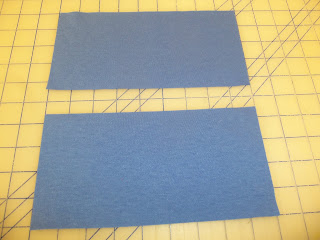Not So Productive Sewing Week
Before I tell you about my
week, let me give you an update on Dave’s raspberry plants that I told you
about last week. They are doing great in
my sewing room. They are growing and
getting new leaves. There were four that
looked like just bare sticks when they entered my room. Now even those have new growth. A picture is provided below.
His ground cherries seem to
be doing nothing. They are all still
underground. None have poked their heads
out yet. When and if they do, I will
give you an update. Also, the onions I
planted for Dave are not looking well.
He said we may have to replant them because the cold weather has not
treated them kindly. I am not sure I am
up to a replanting. I am a sewist, not a
farmer!
This was a not so
productive sewing week for me. I
tried. I really did, but sometimes even
the best laid plans don’t work. My plan
was to complete the purse I was making and feature it in my post this
week. However, I had other commitments
that needed to be met first. I started
my week with those. I made more masks
for some friends in Indiana. Then I sewed
a few scrub caps that I promised to do.
After those were completed, I began work on my purse. I was using the Sallie Tomato purse
pattern, “Audrey”. I purchased it last
year on the way to Lansing Clippers Sewing Retreat in Shipshewana with Stoney
B. We usually stop at Sew Unique Threads
in Battle Creek on the way.
I was at the point of putting
on the D-rings and attaching the strap connectors. That was when I discovered I did not have the
appropriate D-rings. I need ¾” gunmetal
D-rings and I had none. Those needed to
be attached before I could proceed. That meant the purse would not be finished in
time for my post this week. Today I
called Sew Unique Threads and requested
a hardware kit for the Audrey purse.
The owner of the shop will mail it to me today. Even though Sew Unique Threads is closed,
they will accept phone or online orders for mailing or curbside pickup. Maybe I can complete the purse before my next
post. A picture of the pattern is shown
below.
I searched my pattern stash
for a purse I could make in a couple of days.
I found one I liked and cut it out.
It is McCall’s M6532. I am still
searching my stash for fabric for the lining and pockets. Obviously, I did not complete it before
writing this post. I love the look of the bag, but am shocked at
its size. It measures 18” x 12 ½” x
6”. I know that is too large for me for
a regular purse. I could probably use it
as an overnight bag or a sewing bag. My
plan is to make one as a test and then perhaps I can cut the pattern down in
size to use as a purse. A picture of this pattern is shown below.
Another thing that took me
away from sewing this week was ordering groceries for pickup. That can be a time-consuming event, but is
very necessary now that we are confined to our homes during the Covod-19 virus
outbreak. It is always a challenge to be
able to get a pickup date from one of the stores in St. Johns. The last time I ordered, I had to go to East
Lansing to pick up my groceries. This time I was fortunate enough to get a
pickup date at one of the local stores for next week. I look at ordering groceries as just one of
the challenges we face during these “stay at home” times. If we can just keep our health, I will be
happy and more than willing to stay at home and face a few challenges.
Speaking of challenges, this
morning I cut Dave’s hair for the first time.
I have been telling him to let me cut it before it got really long. That way it would be a “trim” and not a “chop
job”. He didn’t listen to my
advice. A full-blown hair cut or “chop
job” was necessary. He had hair hanging
over his ears, down the back of his neck, on his face and sticking out of his
ears. I took a pair of my best scissors
and designated them as “barber” scissors.
I did a lot of chopping! I am not
sure he liked his cut, but he did tell me “Thank you”. His mother taught him that.
I think we completed week
number 6 of the “Stay at Home” request and are now in the 7th
week. I noticed more people out this
past week when we drove through St. Johns, but most of them were wearing masks
and staying 6 feet or more away from each other. If you run out of supplies for your sewing
projects, remember you can email or telephone some businesses like Country
Stitches in East Lansing and have an ordered mailed to you or delivered
curbside.
Keep sewing and be safe!
Judy



























